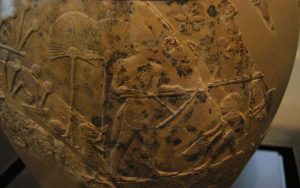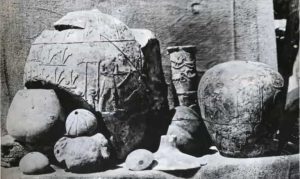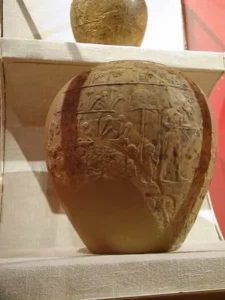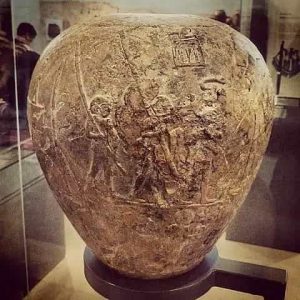The Scorpion Macehead: Revealing the Mysteries surrounding the Legacy of the Scorpion King

In the annals of ancient Egyptian history, amidst the sands of time and the ruins of long-forgotten kingdoms, lies a relic that offers a tantalizing glimpse into the origins of one of Egypt’s most enigmatic rulers—the Scorpion King. Known as the Scorpion Macehead, this ancient artifact stands as the first tangible evidence of the Scorpion King’s existence, shrouded in myth and mystery for millennia.

One of these objects was a limestone macehead about 32.5 centimeters tall, depicting a large pharaoh wearing the white crown of Upper Egypt. Next to him is an engraved image of a scorpion representing his name. The macehead is a ritual object, about five times the size of a functional mace.

The king is shown standing with a bull’s tail next to a watercourse, possibly a canal, holding a hoe symbolizing the ritual opening of dikes after the flooding of the Nile or a ditch for the foundation of a temple or city.

The macehead, which is now in the Ashmolean Museum in Oxford, United Kingdom, would be one of the oldest depictions of an Egyptian king, and is the only visual evidence of the existence of the Scorpion King, of whom no other historical information has been found. It is also considered the oldest macehead found to date, dated around 3075-3050 BC.

The exact burial location of the Scorpion King is unknown. Researchers believe that his tomb may be either the so-called B50 in the Umm el-Qaab necropolis in Abydos or the so-called HK6-1 in Hierakonpolis